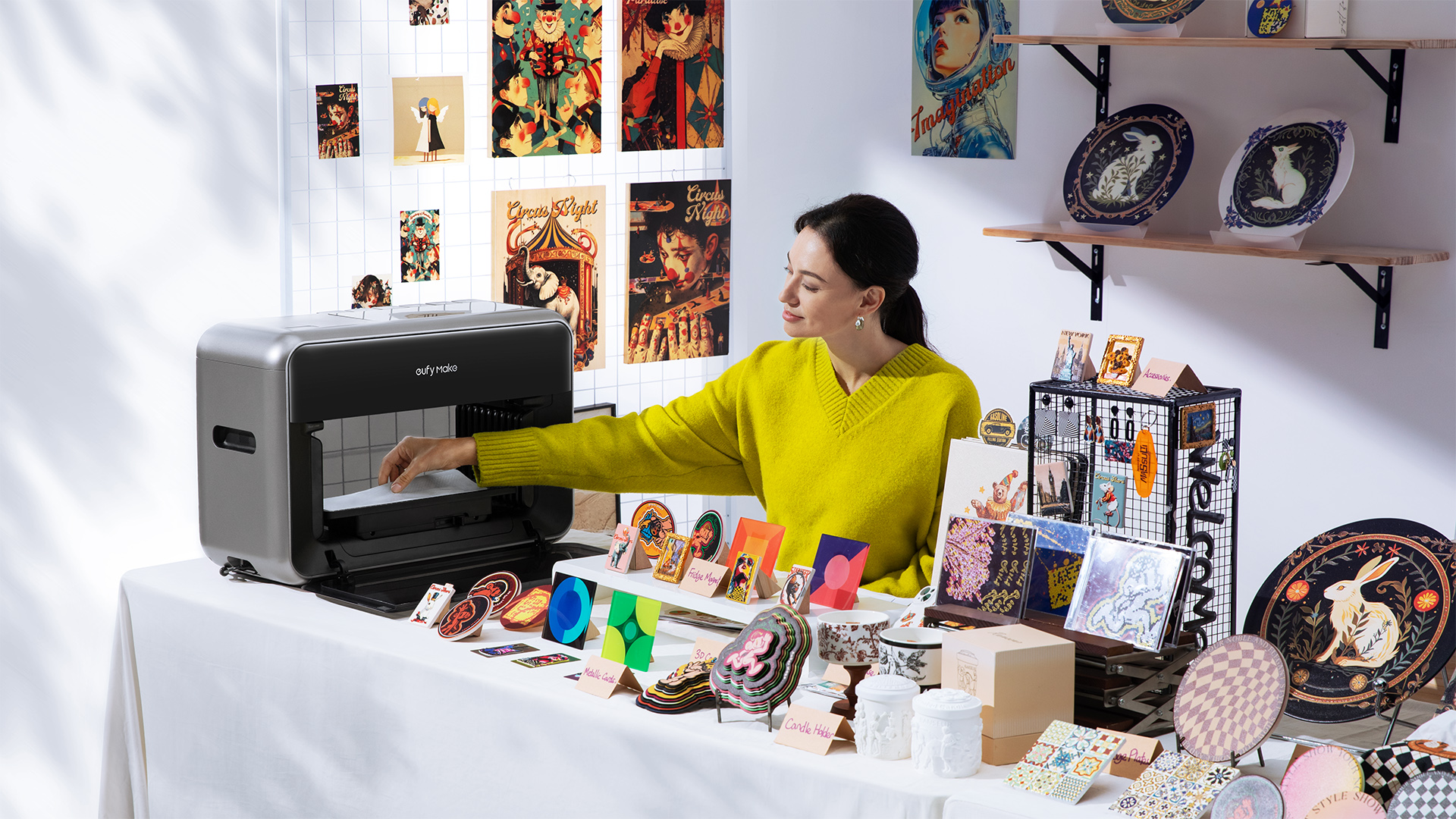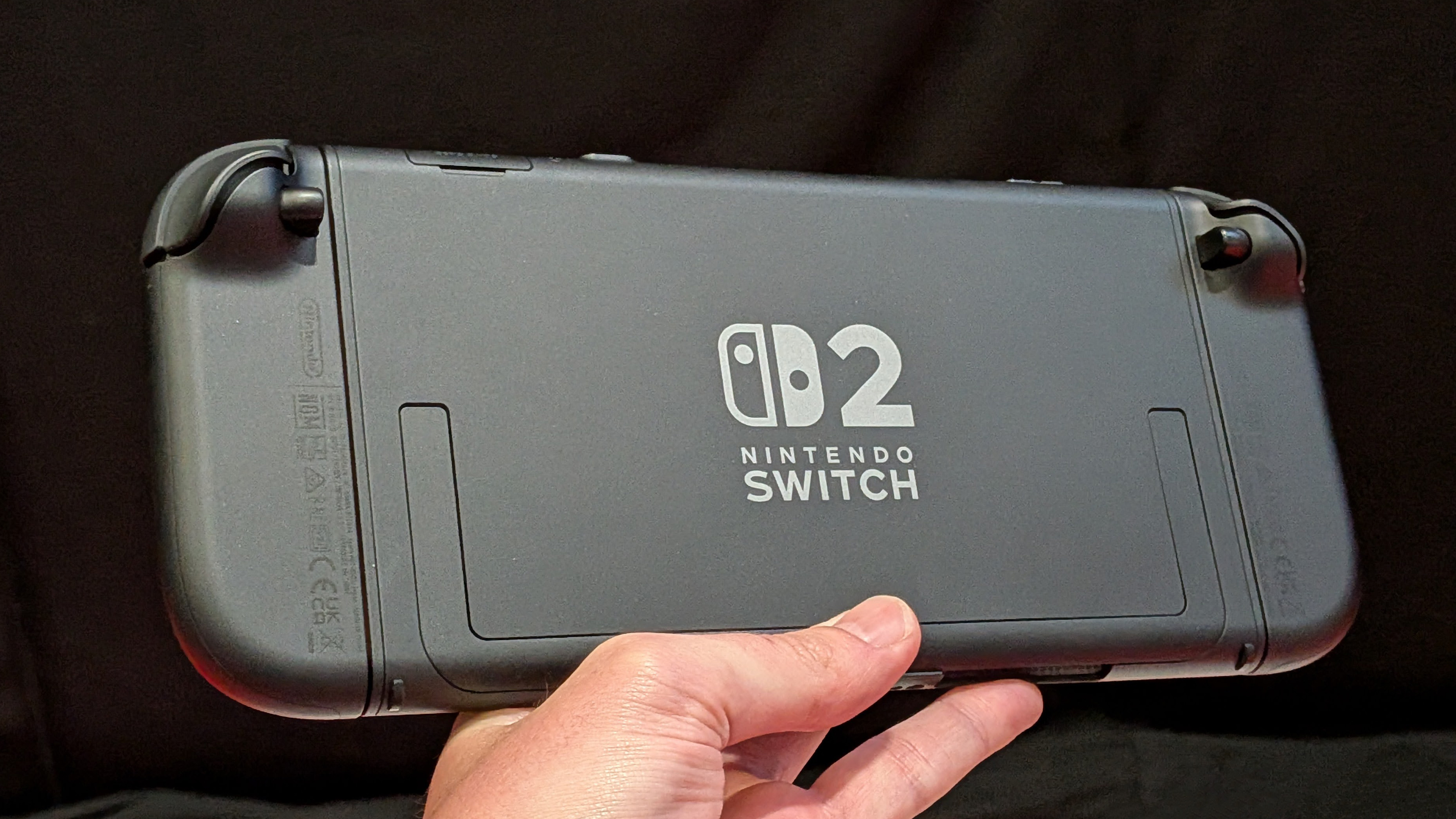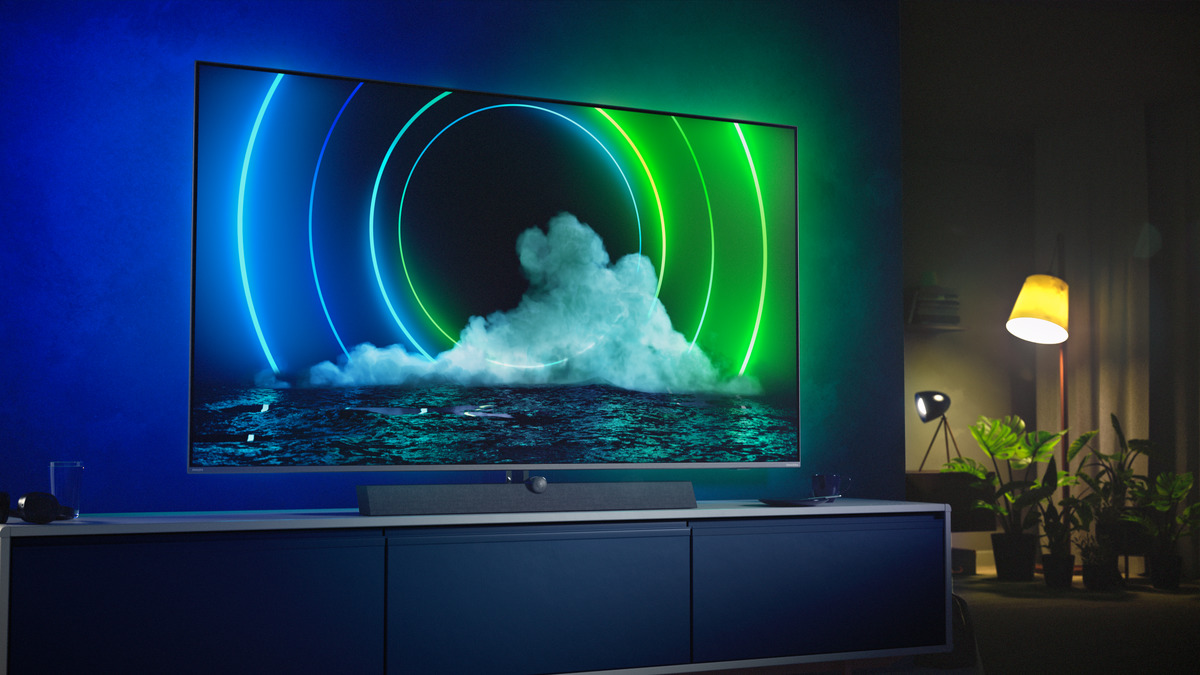

New TV season is here! The big TV companies all announce their new line-ups at the very start of the year, at CES, and then when spring rolls around we start to see them becoming available to buy, battling for a place in our list of the best TVs.
And sure enough, March 2022 is when we're expecting to see some of the hottest TVs of this year launch. In particular, Samsung and LG are set to launch some of their big hitters, including the first ever 42-inch set to challenge for a place among the best OLED TVs.
Obviously, we'll bring you full reviews of these TVs as soon as we're able, but if you're in the market for a TV this month, you'll want to know the full range of options available to you – so we'll take you through what these TVs are, why they're exciting, and when to expect them.
Samsung QN95B

This is Samsung's flagship QLED TV for 2022, and uses the next-gen version of the company's excellent Neo QLED technology. This means that it uses a mini-LED backlight combined with colour-filtering Quantum Dots – just like its predecessor, the five-star Samsung QN95A. Mini-LED backlighting means you can have brighter images from a thinner panel, but also adds more precise local dimming, so it can go darker in specific areas more easily than regular LED screens. This new version features more fine-grained control of the dimming levels, so it can come closer to providing the nuanced detail in dark areas that OLED TVs are known for – while also being able to ramp up the brightness higher than OLED can deliver for dazzling HDR.
Also like last year, you've got a sleek design with basically no bezel and no thickness to the body – it looks impossibly slight. That's thanks to the One Connect box, which pushes all the processing and connections to an external unit, connected to the screen by a single cable.
All around the edge of the TV, you've got speakers, which aim to provide directional audio so the sound can match the images. And in this year's models, for the first time, that's bolstered by Dolby Atmos support, which should really help make the most of the multiple speaker setup. There's also wireless Dolby Atmos support, meaning you can connect certain soundbar and speaker system to it without any cables at all.
It'll be available in 55-inch, 65-inch, 75-inch and 85-inch models. We're expecting this to be the best Samsung TV of the year when it comes it 4K image quality… depending on whether the hallowed Samsung QD-OLED TV actually arrives this year. Right now, that's still vapourware, so the QN95B remains the 4K champion-elect in Samsung's line-up.
Sign up to the T3 newsletter for smarter living straight to your inbox
Get all the latest news, reviews, deals and buying guides on gorgeous tech, home and active products from the T3 experts
All of Samsung's Neo QLED 2022 TV's are due to be available for pre-order from mid-March, with delivery in April.
LG C2
The LG C1 was one of the most popular TVs of last year, and it's easy to see why: it delivers the perfectly premium pixel-precise HDR and colours of OLED with totally futureproofed connectivity, and for a reasonable price.
And the LG C2 is going to… do exactly the same, but better. And in more sizes, which is maybe the most welcome part of all.
First things first: the brightness is increased compared to last year's C1 model, thanks to a new OLED Evo panel (as seen in the LG G1). Brightness is the traditional weakness of OLED TVs, and the C2 will provide a noticeable jump compared to the old model, meaning a broader depth of HDR, and even more realistic-looking images.
The image processing has been improved too, and LG says that there'll be better definition between foreground and background, adding more depth and richness to what you're watching.
The other other huge thing is, in fact, small. The LG C2 range will include the world's first 42-inch 4K OLED TV, which I'm delighted about. It's perfect for bringing really cinematic image quality to smaller rooms – or for adding serious gaming chops to those same rooms. The HDMI 2.1 connectivity and Game Dashboard feature already make the LG C2 a hot contender to be the best gaming TV coming this year, and now it's available in a size suited to smaller setups.
The LG C2 will also be available in 48-inch, 55-inch, 65-inch, 77-inch and 83-inch models. It doesn't have an exact delivery date yet, but UK retailer John Lewis says that it's expected to be available to buy before the end of March.
Philips MiniLED 9636
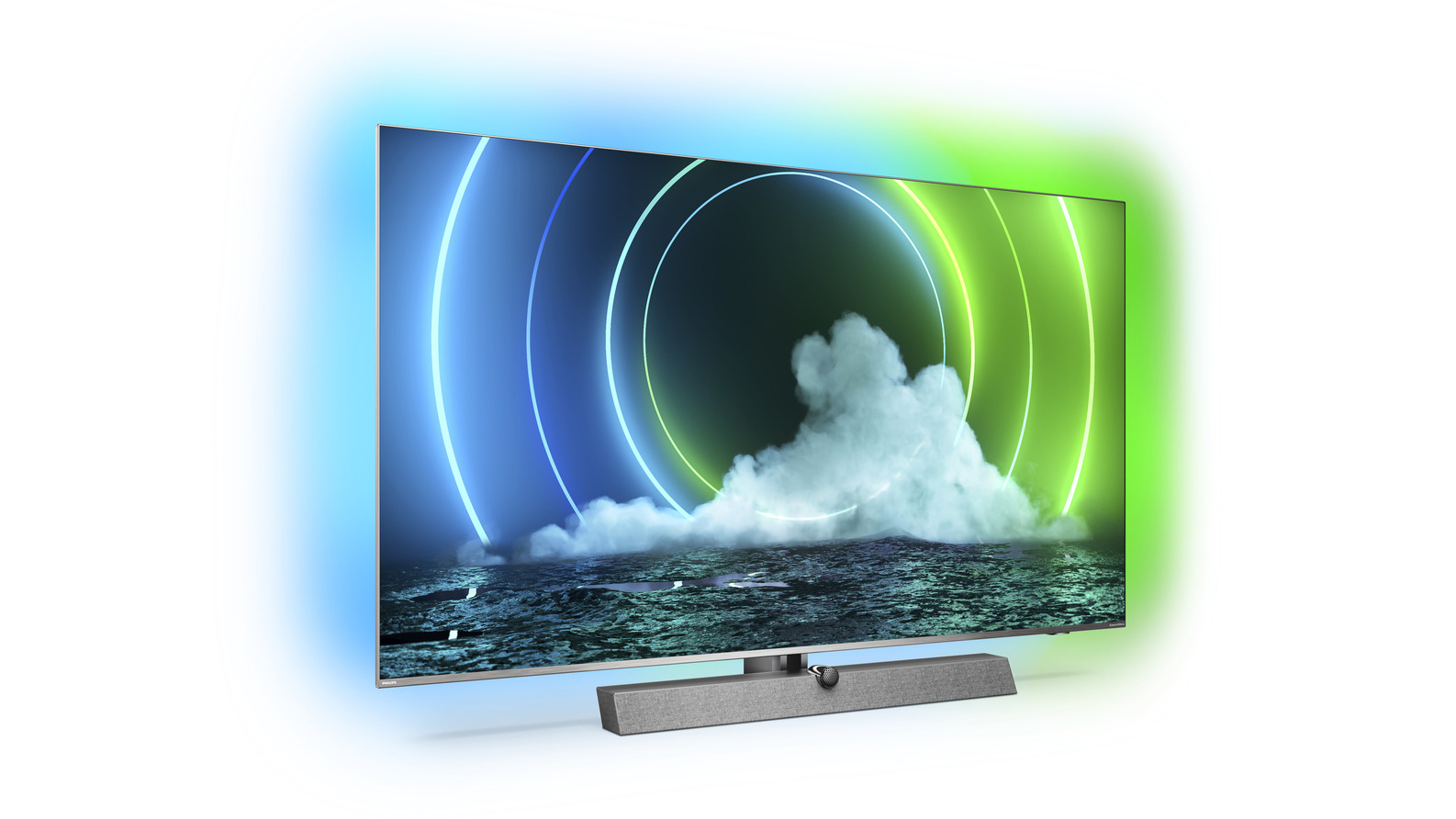
As the name gives away, this set uses Mini-LED tech, just like the Samsung set above. And just like that set, it's designed to provide impressive local dimming along with huge levels of peak brightness – Philips says you can can expect up to 2,000 nits of peak HDR brightness here.
Philips' excellent image processing is on board, which helps to deliver rich colours and huge levels of detail, even when upscaling from HD. You've got HDMI 2.1 connectivity for gaming, and a huge range of ways to tweak the picture just to your liking. And being a Philips TV, you get the company's signature Ambilight, which spreads the colour of the image onto the wall, adding even more scale than its 65-inch and 75-inch sizes already provide.
This is a premium-priced TV, but it does have a key ace up its sleeve to justify the cost. Well, in its base, actually: it effectively has a premium Dolby Atmos soundbar built into the stand. Made by Bowers & Wilkins, it's a 3.1.2-channel speaker system, with upfiring Dolby Atmos speakers. It's a similar setup to the one in the excellent Philips OLED+936, and is tuned to put positional audio in just the right space to match the action on-screen.
This set was announced last year, but only recently went on sale – though it's not available in the US sadly. But UK, Europe and Australian buyers should definitely consider it.
Matt is T3's former AV and Smart Home Editor (UK), master of all things audiovisual, overseeing our TV, speakers and headphones coverage. He also covered smart home products and large appliances, as well as our toys and games articles. He's can explain both what Dolby Vision IQ is and why the Lego you're building doesn't fit together the way the instructions say, so is truly invaluable. Matt has worked for tech publications for over 10 years, in print and online, including running T3's print magazine and launching its most recent redesign. He's also contributed to a huge number of tech and gaming titles over the years. Say hello if you see him roaming the halls at CES, IFA or Toy Fair. Matt now works for our sister title TechRadar.
-
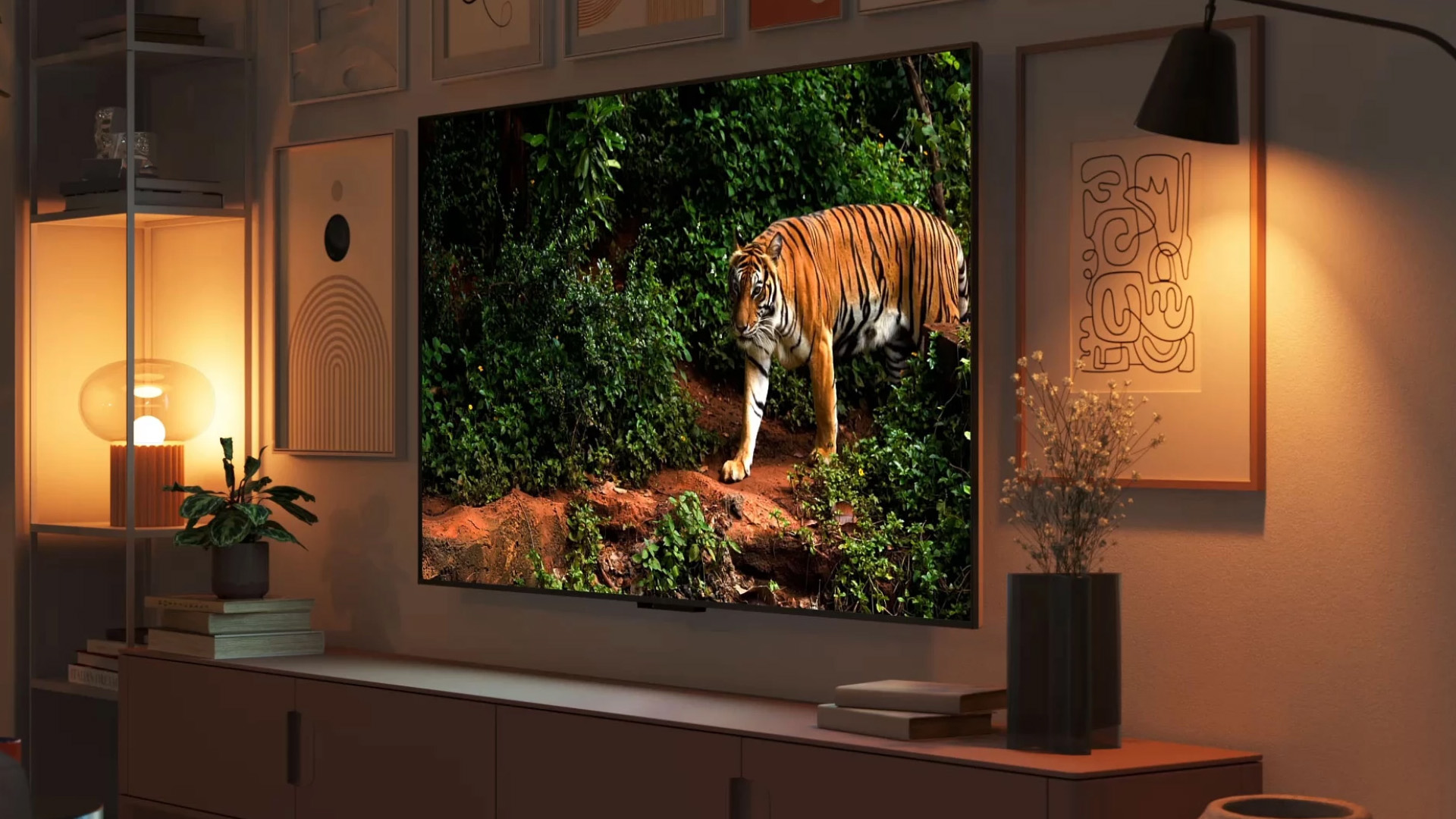 Amazon Fire TV Omni Mini-LED 4K TV review: a huge step up in performance
Amazon Fire TV Omni Mini-LED 4K TV review: a huge step up in performanceAmazon's second-gen Fire TV and first Mini-LED TV is a great option
By Steve May
-
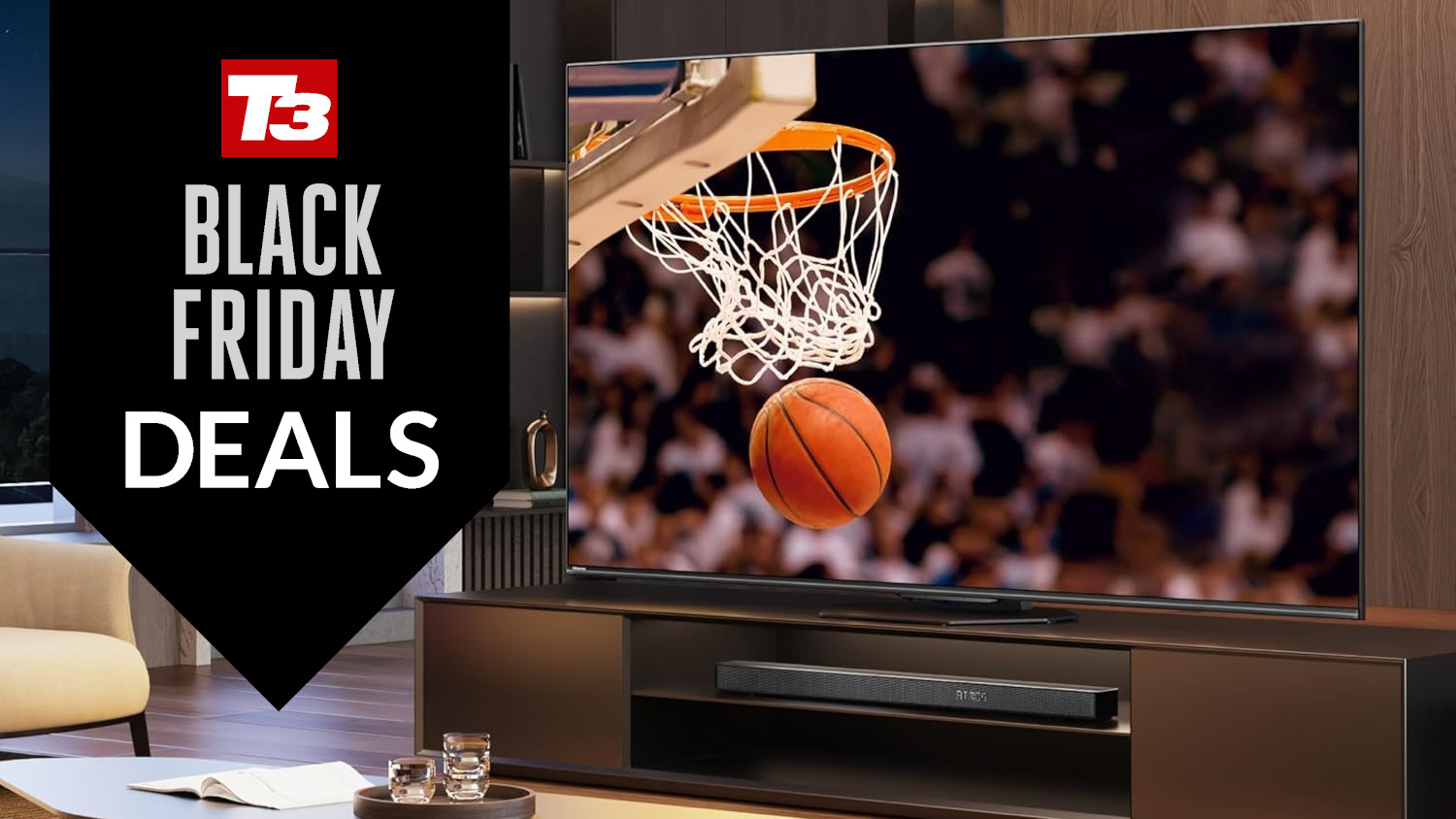 Early Black Friday deal sees price of massive 75-inch TV slashed
Early Black Friday deal sees price of massive 75-inch TV slashedYou'll even get a free copy of NBA 2k25
By Sam Cross
-
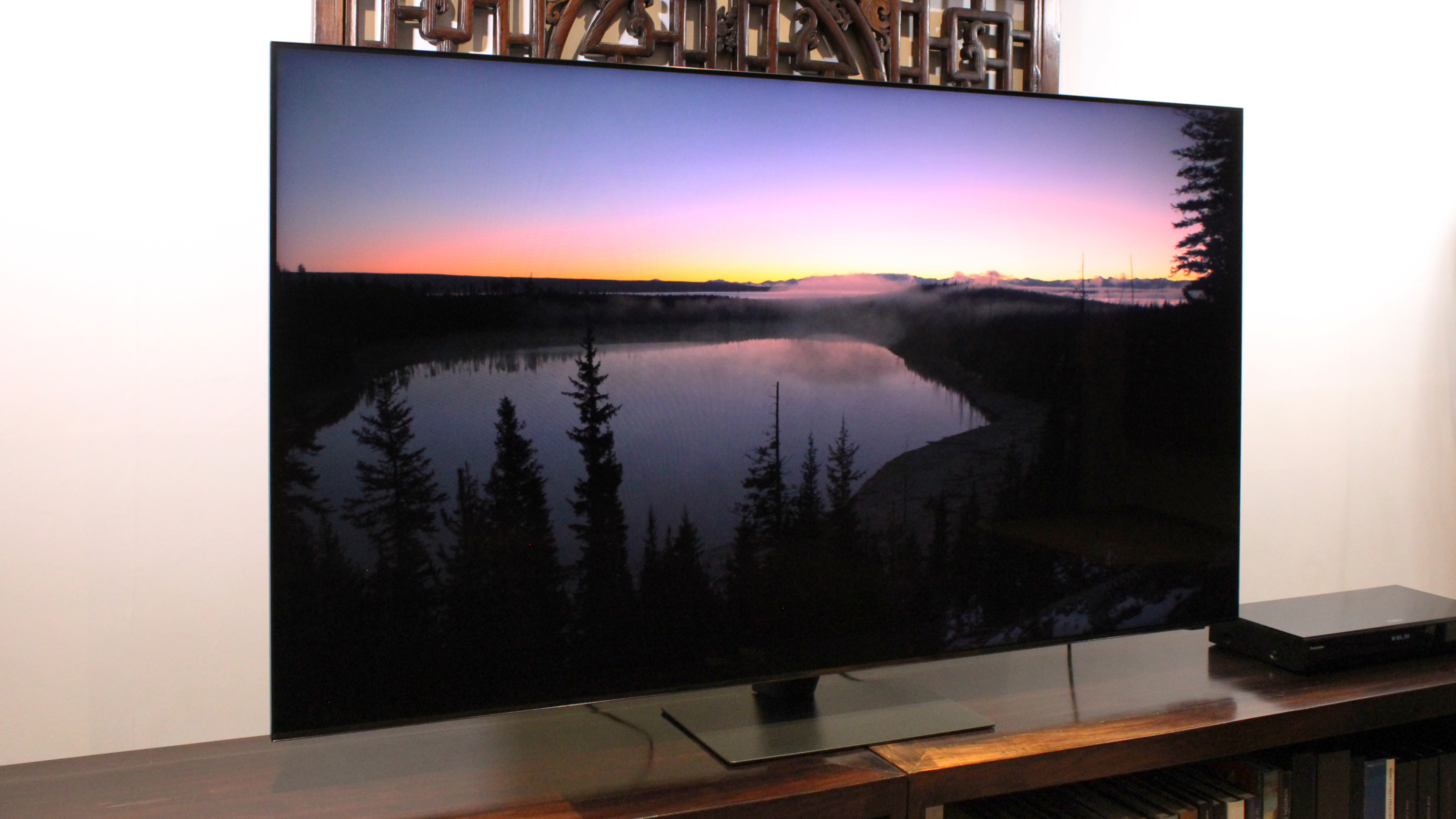 Your Samsung TV just got its biggest free upgrade yet
Your Samsung TV just got its biggest free upgrade yetOne UI is rolling out to the latest Samsung TVs now
By Britta O'Boyle
-
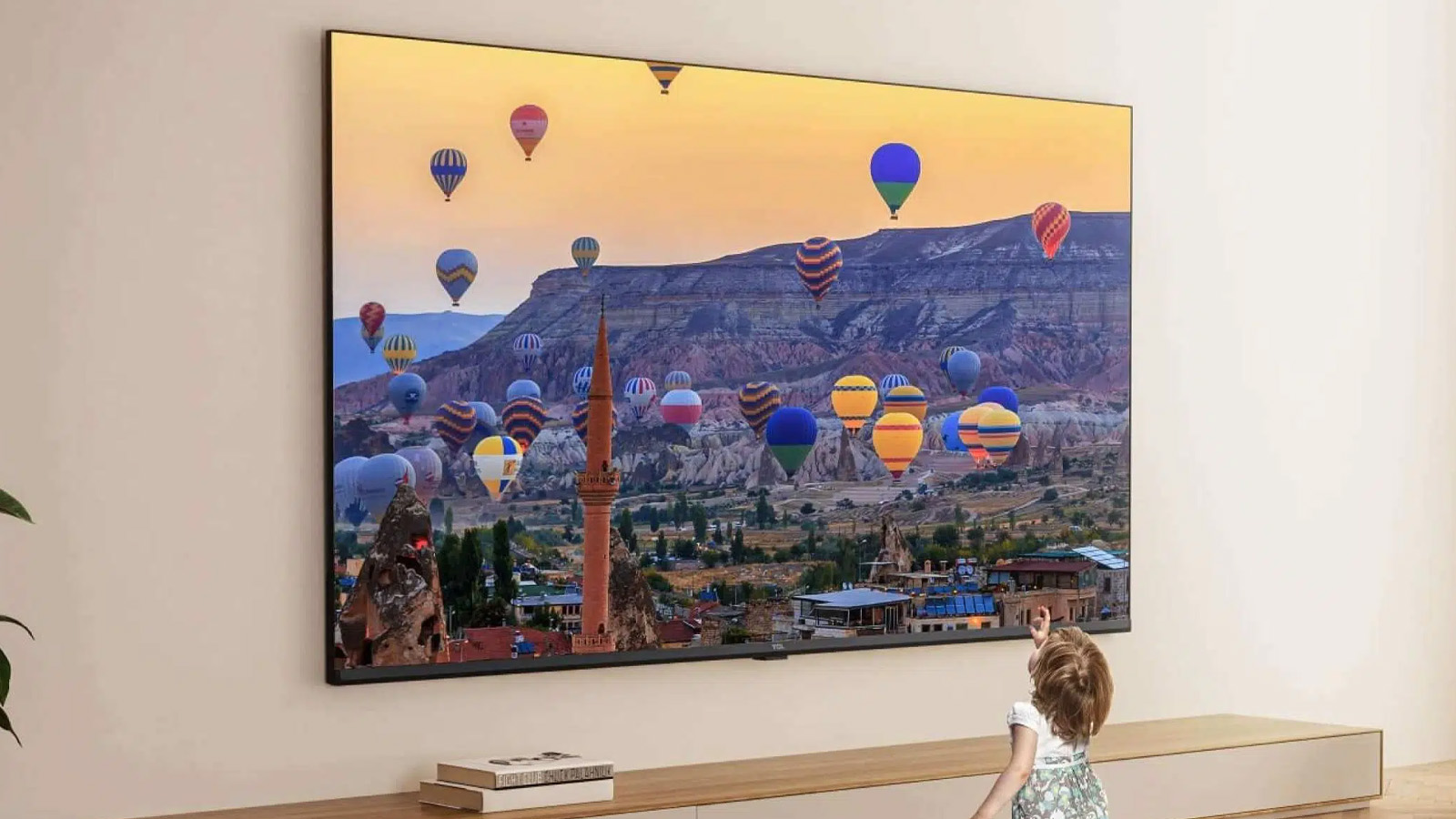 This ultra-bright mini-LED TV is the display of my dreams
This ultra-bright mini-LED TV is the display of my dreamsTCL's next flagship looks fantastic
By Andy Sansom
-
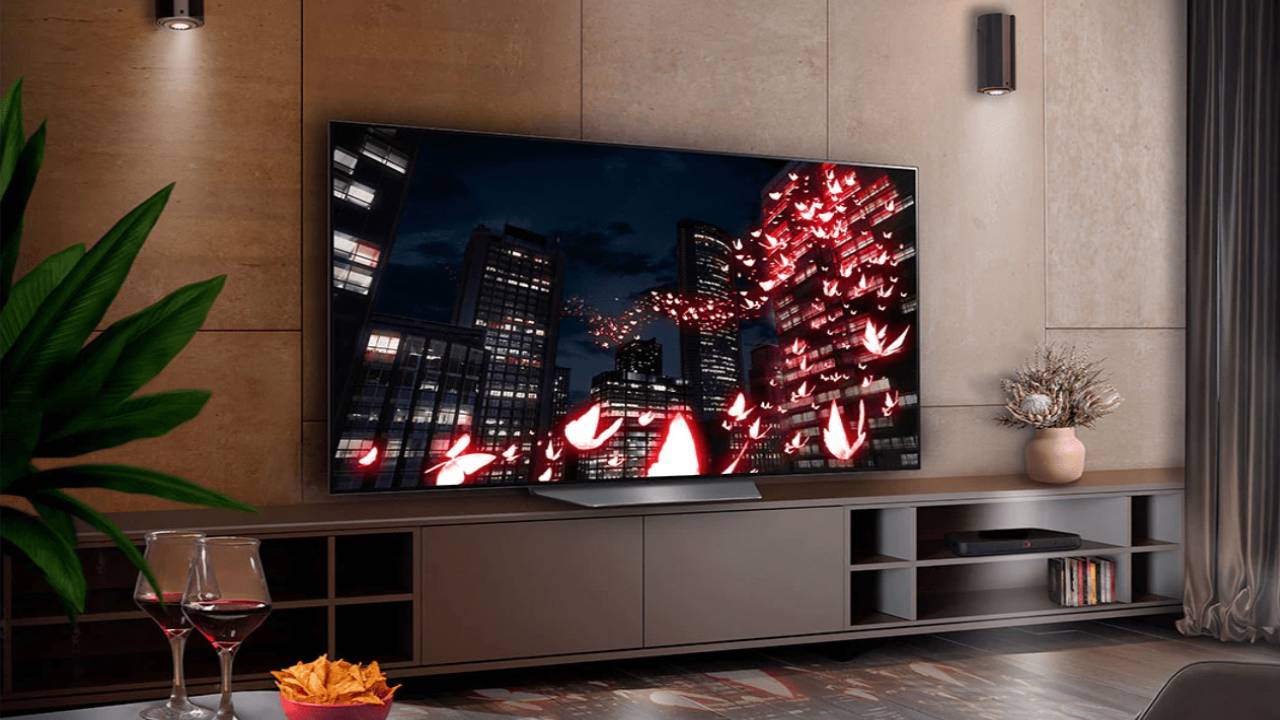 LG TV owners just got Apple TV+ for free
LG TV owners just got Apple TV+ for freeNo matter if you have an LG OLED TV or an LED model, you just got Apple TV+ for free
By Robert Jones
-
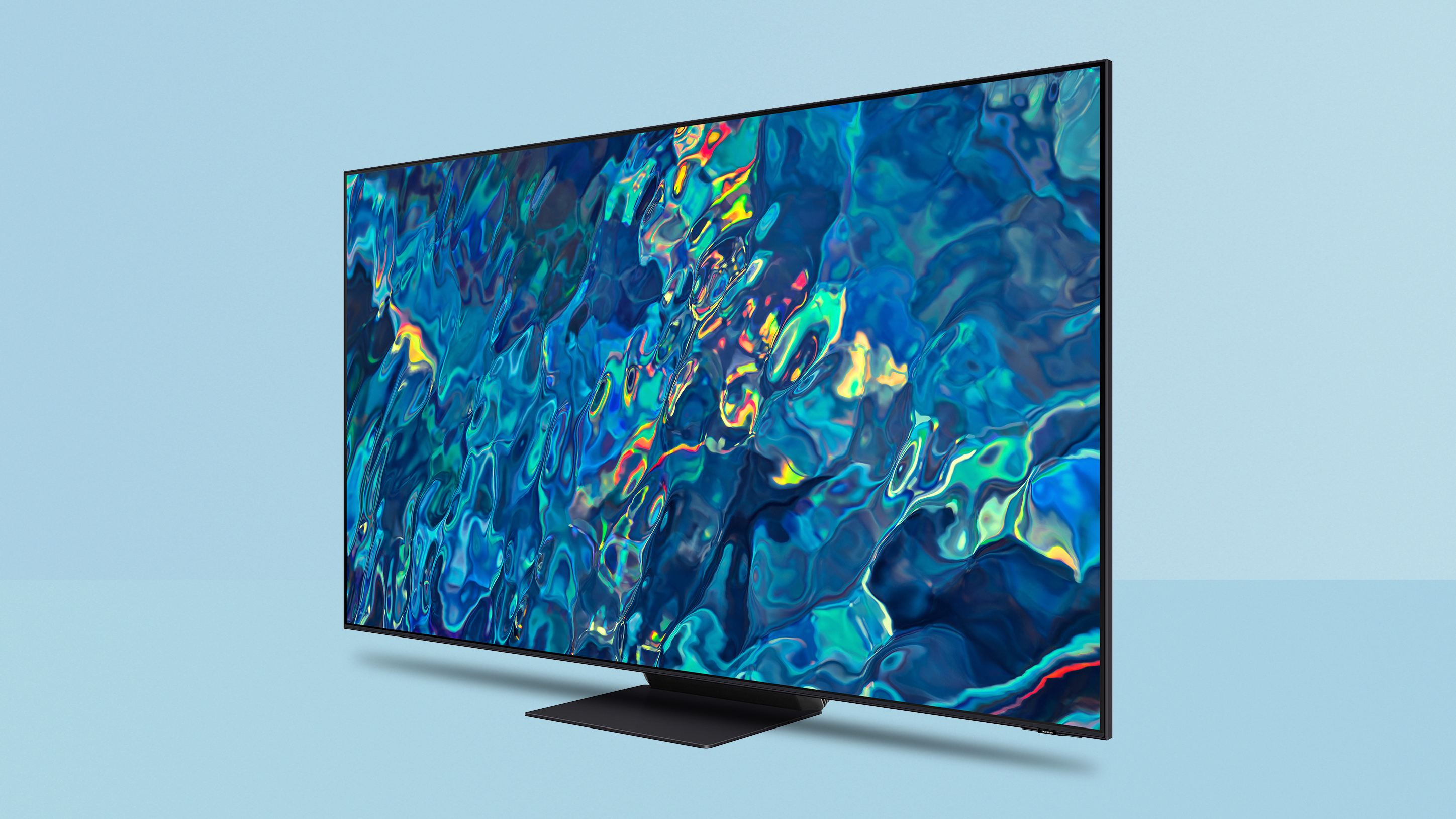 Samsung smart TV owners just got a welcome image upgrade
Samsung smart TV owners just got a welcome image upgradeHDR10+ comes to the Apple TV app on Samsung Smart TVs
By Carrie Marshall
-
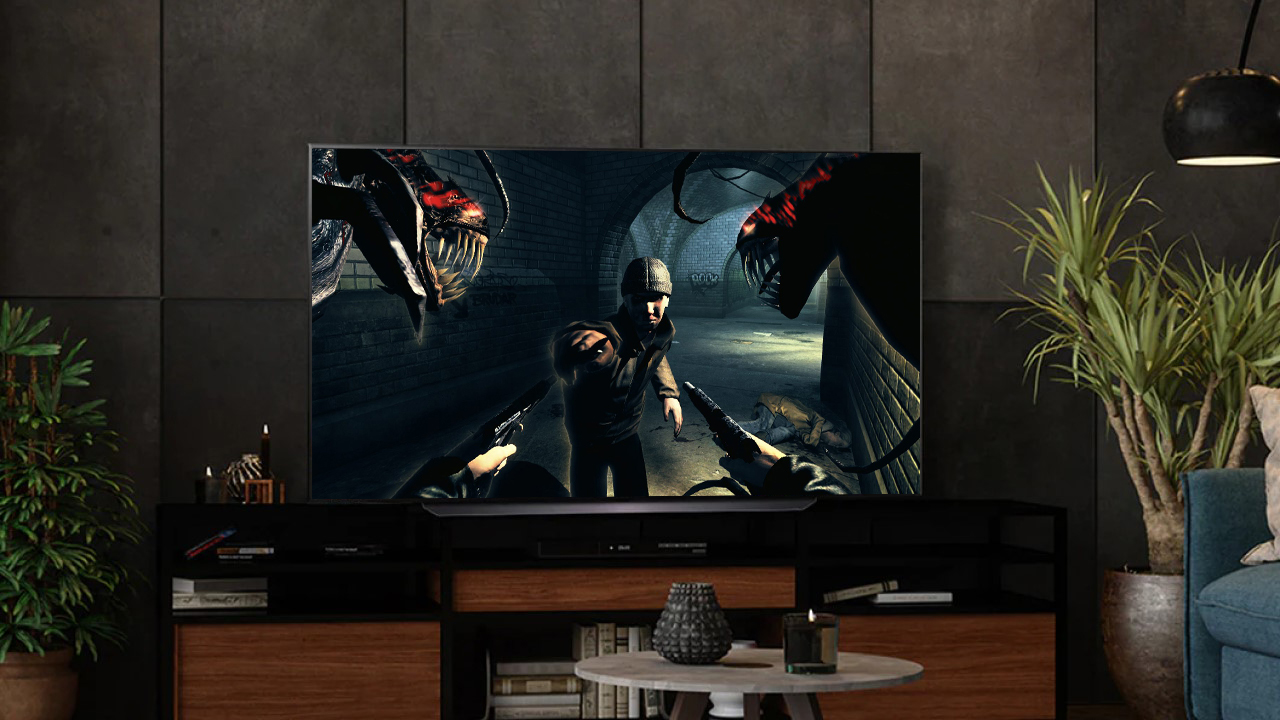 My LG C1 OLED TV makes The Darkness look incredible on Xbox Series X
My LG C1 OLED TV makes The Darkness look incredible on Xbox Series XThis classic first-person shooter is taken to a new level of awesome thanks to OLED TV tech
By Robert Jones
-
 TV deals in the Amazon Prime Early Access Sale from Samsung, LG and more
TV deals in the Amazon Prime Early Access Sale from Samsung, LG and moreBlack Friday deals have come early with these TV deals as part of Amazon's Prime Early Access Sale
By Mat Gallagher
